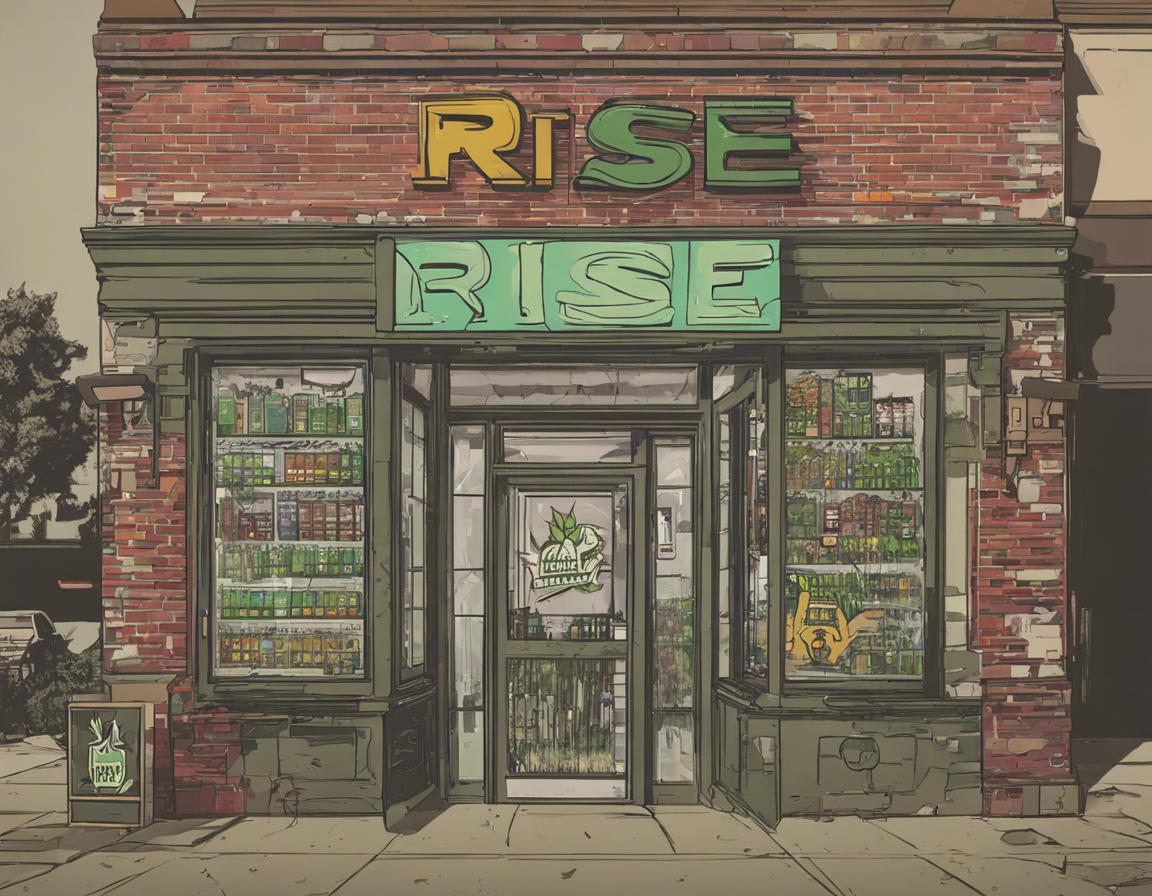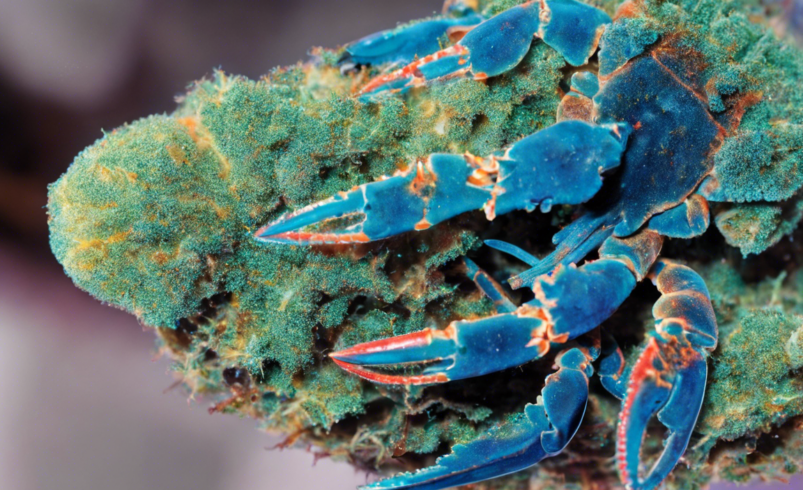If you’re a seafood lover or an aquarium enthusiast, you may have heard of the unique and fascinating blue lobster. These rare creatures have captured the attention of many due to their striking coloration and unusual appearance. In this comprehensive guide, we’ll dive into the world of blue lobsters, exploring their genetics, habitats, care requirements, and more.
What Makes Blue Lobsters Blue?
Blue lobsters, also known as blue crayfish or electric blue crayfish, stand out from their traditional red counterparts due to a genetic mutation that results in an excess of a particular protein. This protein, called astaxanthin, is typically responsible for giving lobsters their reddish hue. However, in blue lobsters, the excess protein acts as a mask, creating the unique blue coloration. This genetic anomaly occurs in approximately one in every two million lobsters, making them a rare find in the wild.
Characteristics of Blue Lobsters
- Coloration: Blue lobsters can range in color from a bright electric blue to a more muted bluish-gray shade.
- Size: They generally grow to be around 1-2 pounds and can reach lengths of 8-12 inches.
- Lifespan: Blue lobsters have a lifespan similar to that of traditional lobsters, living up to 15-20 years in the wild.
- Behavior: They exhibit typical lobster behavior, including scavenging for food and seeking shelter in rocky crevices.
- Habitat: Blue lobsters are found in the wild in regions of North America, particularly the Atlantic coast.
Keeping Blue Lobsters in Captivity
Many aquarists are drawn to the idea of keeping blue lobsters in captivity due to their unique appearance and intriguing genetic makeup. If you’re considering adding a blue lobster to your aquarium, there are several factors to keep in mind:
Tank Requirements
- Tank Size: Blue lobsters require a tank of at least 20 gallons to allow for ample space to roam and explore.
- Water Quality: They are sensitive to poor water quality, so maintaining proper filtration and regular water changes is crucial.
- Temperature: Blue lobsters thrive in water temperatures between 65-75°F (18-24°C).
- Substrate: Providing a substrate with plenty of hiding spots, such as rocks or caves, is essential for their well-being.
Feeding
Blue lobsters are omnivores and will eat a varied diet consisting of:
– Pellets: High-quality sinking pellets designed for crustaceans.
– Vegetables: Blanched vegetables like zucchini or spinach.
– Protein: Offer occasional treats of shrimp, fish, or bloodworms to supplement their diet.
Compatibility
Blue lobsters are generally territorial and may display aggression towards other crustaceans or fish in the tank. It’s best to keep them in a species-only tank or with non-aggressive tank mates that won’t compete for resources.
Breeding Blue Lobsters
Breeding blue lobsters in captivity can be a rewarding but challenging endeavor. Here are some key points to consider:
- Sexing: Differentiating between male and female blue lobsters can be tricky, but males typically have modified swimmerets near the tail.
- Mating: Female lobsters molt before mating, after which the male fertilizes the eggs using a specialized pair of appendages called gonopods.
- Egg Care: Female lobsters carry their eggs under their tails until they hatch, which can take several weeks. Providing ample hiding spots is crucial during this time.
FAQ
1. Are blue lobsters safe to eat?
While blue lobsters are technically safe to eat, their rare and unique coloration often leads to them being spared from the dinner table and, in some cases, even valued for their rarity.
2. Can blue lobsters change color?
Blue lobsters can appear to change color depending on various factors like stress, diet, and molting. Their coloration may intensify or fade over time.
3. Do blue lobsters glow in the dark?
Blue lobsters do not typically glow in the dark. The term “electric blue” is a reference to their vibrant blue color rather than luminescence.
4. How rare are blue lobsters?
Blue lobsters are incredibly rare, with estimates suggesting that only around one in every two million lobsters exhibits the blue coloration caused by a genetic mutation.
5. Can blue lobsters live with other lobsters?
Blue lobsters are generally territorial and may exhibit aggression towards other lobsters, especially within confined spaces. It’s best to keep them in a species-only tank or with compatible tank mates.
In conclusion, blue lobsters are truly a marvel of nature, captivating hobbyists and researchers alike with their stunning appearance and genetic uniqueness. Whether you’re considering keeping one as a pet or simply appreciate their beauty from afar, these creatures are sure to leave a lasting impression.





